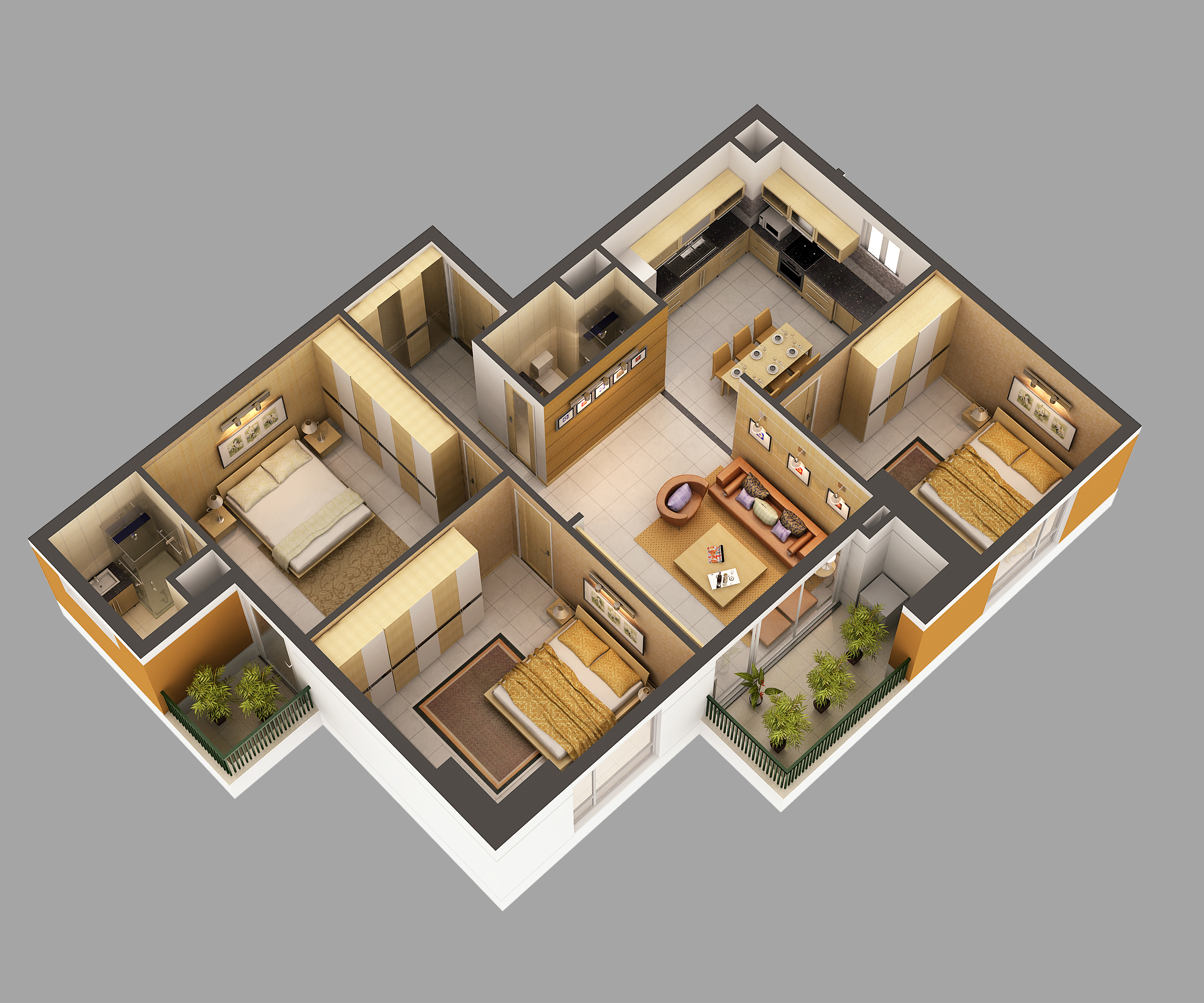Need to create a floor plan for a client? In this video, we've shared a technique from a paid course we teach. Watch and you'll avoid problems people run int. SketchUp is a 3d modeling program that I use to design the vast majority of my projects. Being able to work out dimensions and update design options before entering the shop is a great way to increase efficiency and reduce material waste.
In some cases, you may want your prints to reflect the scale of your SketchUp design. In SketchUp for Web, scaled printing is available with a paid subscription (or as part of SketchUp for Schools). Here's how printing to scale works in SketchUp for Web:
Sketchup Layout Basics

- Before entering the print preview, create orthographic views of your model and save them as a SketchUp scene.
Scale is a notion that cannot be applied to model views in SketchUp's perspective camera mode. To create an orthographic view, use the Search tool and type Ortho to activate the Parallel Projection camera mode. Then use view commands (and search queries) like Front, Top, or Align View to orient your camera as desired. When you have the orthographic view you want, create a new scene.
- Using Search, type Print to activate the print preview canvas.
- Click the Print Mode drop-down menu to the right of the canvas, select Scenes, and then choose the orthographic scene you just made.
- Click the Print Mode drop-down menu again, and choose Print to Scale.
Notice that the view of your SketchUp model changes slightly. When you switch into this scaled printing mode, SketchUp resizes your model slightly and derives an arbitrary scale just below your list of scenes (see below).
- Set your desired drawing scale, and choose whether to display that scale on your printed page.
You can assign any scale you want, but you probably want to pick one that will aptly display your SketchUp model view on the page you're printing. You can type any units you like in the In Drawing and In Model fields, but the scale displayed in the canvas respects the unit settings in your model. You can change these in the Model Info panel, near the bottom of the utility tray on the right. Last, you can click the Print Scale check box to display the scale of your drawing on the printed page.
Want to learn more? Check out our SketchUp Cheat Sheet.
Sketchup Layout Electrical Symbols
Since LayOut is a feature of SketchUp Pro, to access additional seats for LayOut you'll need to install additional seats for SketchUp Pro.For more information about licenses and prices visit the License types and pricing article.To purchase additional seats for an existing SketchUp Pro network license, please visit our Online store.For information about how to install additional seats of SketchUp Pro, click here.
Since LayOut is a feature of SketchUp Pro, it's covered by the SketchUp Pro license. When you install and authorize SketchUp Pro using your SketchUp Pro license, LayOut is also authorized.For more information about using your SketchUp Pro license information to authorize SketchUp Pro, click here.
If a crash occurs when you are not connected to the Internet, BugSplat displays a dialog box indicating that a zip file has been created on your local hard drive. This dialog box also indicates the name and location of the zip file (normally AtLastCrashMMDDYY_HHMMSS.zip in your Windows temporary directory). Go to http://www.bugsplatsoftware.com/post/post_form.php and follow the instructions on the Web page to send this file to BugSplat software when you reconnect to the Internet.
BugSplat (www.bugsplatsoftware.com) is a third-party software application that is integrated in LayOut to help improve the quality of the product. BugSplat helps us troubleshoot unrecoverable LayOut errors or crashes. BugSplat provides a mechanism for you to send information about all crashes to us for troubleshooting.In the rare event that LayOut crashes, you see a dialog box that gives you the option to send us the information regarding the crash. If you decide to send the information, the following details are collected:
When an error occurs as you create documents in LayOut, the error reporting system, BugSplat, may ask you to send information. Also, LayOut occasionally has trouble rending hardware-accelerated vector graphics. The subarticles in this section introduce you to the BugSplat reporting system and what to do if you experience the vector graphics-rendering issue.
Google chrome offline installer latest. Creating a LayOut document is mostly about bringing content into your document. But if you ever want to reuse or update a document's referenced content in another format or program (and you don't have the original file or updated the content after you imported it into your document), you can extract any file that your document references.
Tip: Inserted SketchUp files can now contain Dashed Lines, to learn more about managing those new line types with inserted files, see Working with SketchUp Dashes in Imported ModelsAfter you work hard to create and polish a LayOut document, you want your document to go out into the world and make its mark. You can present your work on-screen, but that isn't always enough.
If, like most people, you feel jittery about giving a presentation and public speaking in general, hopefully, LayOut's simple-to-use, interactive presentation features can help to put you at ease.To access LayOut's presentation features, select View > Start Presentation or click the Start Presentation tool () on the default toolbar. Your document becomes full screen, and you have access to the following presentation features:
In the LayOut Preferences dialog box, you can set global preferences for companion applications, backups, default folders, and more.To open the LayOut Preferences dialog box, select Edit > Preferences (Microsoft Windows) or LayOut > Preferences (Mac OS X). When you're done selecting preferences options, click the Close button.

